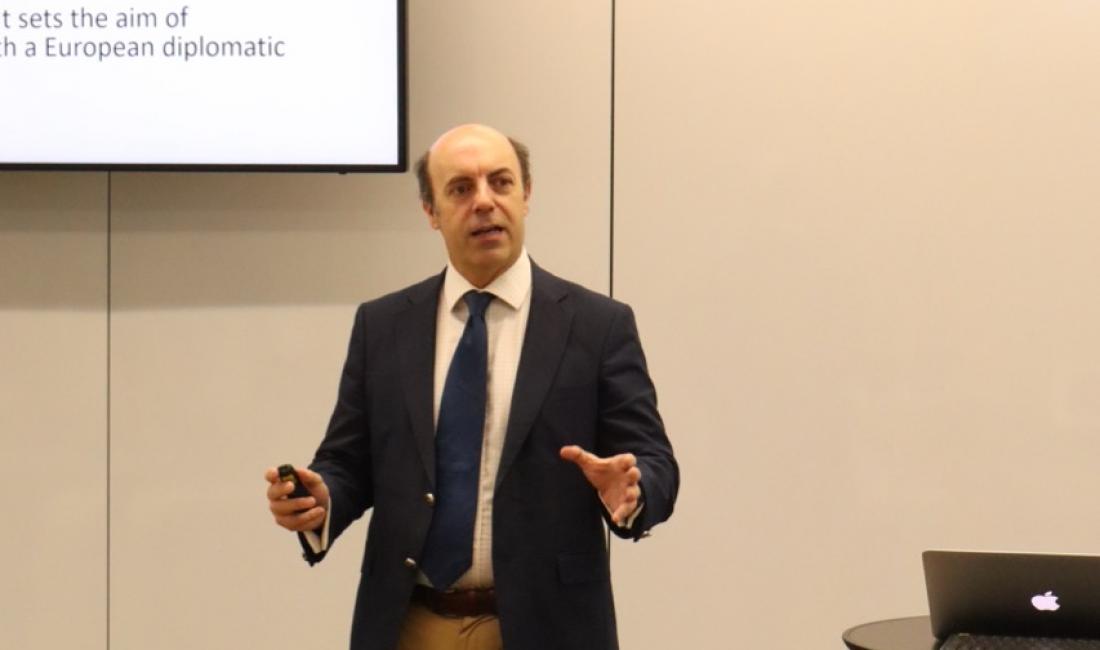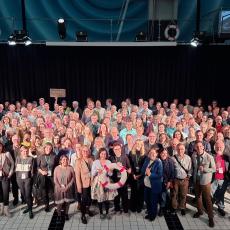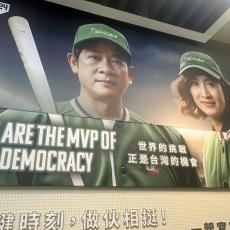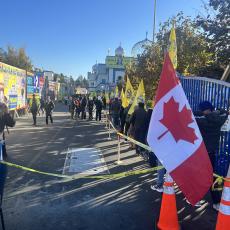The EU for Global local Citizen’s Panel in Spain took place on the 19th of September 2025. During the panel the European Union and its history and current state was discussed. The panel focused on key topics facing the EU today such as the lack of democratic participation, the need to defend core EU values and engage in the promotion of knowledge sharing and dialogue between EU institutions and citizens
Few institutions have shaped modern history as profoundly as the European Union (EU). Emerging from the ruins of the Second World War, it began as a bold experiment in peacebuilding, with the aim of making war between European nations not only undesirable but materially impossible. The creation of the European Coal and Steel Community (1951) under the guidance of the Schuman Declaration laid the foundation for a new form of cooperation: tying together essential industries so tightly that conflict would become unthinkable.
What began as a pragmatic economic arrangement in the 1950s has since grown into a union of 27 countries and 450 million people, one of the largest political, economic, and cultural entities in the world. Today, the EU accounts for nearly 18% of global GDP, influences trade, diplomacy, education, security, and sustainability, and serves as the world’s largest benefactor of humanitarian aid. It is not merely an economic bloc but also a normative power, defending democracy, human rights, and the rule of law.
Building Unity through Institutions and Identity
The Maastricht Treaty of 1992 transformed the European Economic Community into the European Union as we know it today, expanding integration beyond trade into governance, foreign policy, and citizenship. Key institutions—the European Commission, European Parliament, and European Court of Justice—embody the EU’s supranational character, balancing national sovereignty with collective decision-making.
Two symbols in particular stand out as milestones of European unity. The introduction of the Euro (1999/2002) replaced national currencies in 20 member states, eliminating exchange rates and facilitating cross-border commerce. It was both an economic leap and a cultural shift: a decision to place collective stability above national pride. Managed by the European Central Bank, the Euro positioned the EU at the heart of global finance but also revealed the fragility of integration during the debt crises in Greece, Spain, and Portugal.
Equally transformative was the European passport, enabled by the Schengen Agreement, which granted citizens freedom of movement across borders. Beyond convenience, it symbolized a dual identity—national and European—and made mobility, cultural exchange, and shared opportunity pillars of everyday life.
Challenges to Integration
Despite its achievements, the EU has faced turbulence. The 2008–2014 financial crisis, the 2015 refugee crisis, and Brexit (2016) exposed tensions between unity and national sovereignty. Internally, debates continue around the “democratic deficit”, the balance of power between institutions and citizens, and the ability of the Union to remain competitive in a world of rapid technological and geopolitical change.
Externally, the EU grapples with dependence on foreign powers, global rivalries, and pressure to lead on climate change and human rights. Its legitimacy as a global player is regularly questioned, yet the very act of weathering crises demonstrates the EU’s resilience.
Conclusion
The European Union is a grand experiment in supranational governance, a project that transformed a war-torn continent into a unified actor on the world stage. Its journey from coal and steel to currency and passports demonstrates both vision and fragility, ambition and compromise.
The EU’s future will depend not only on treaties and institutions but on the willingness of its citizens to embrace a shared identity while navigating crises together. In balancing unity with diversity, the Union continues to test—and redefine—the limits of political imagination in the modern world.
Find the recommendations from the other Citizens' Panels across Europe here.




